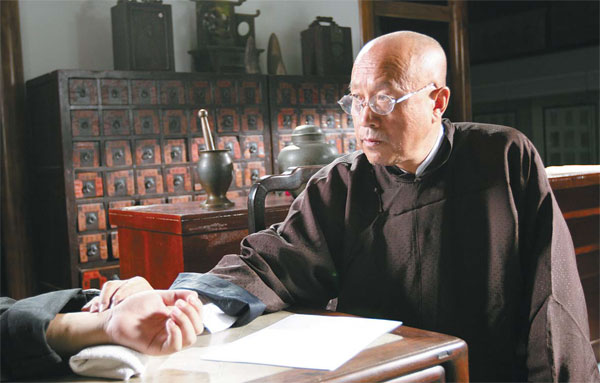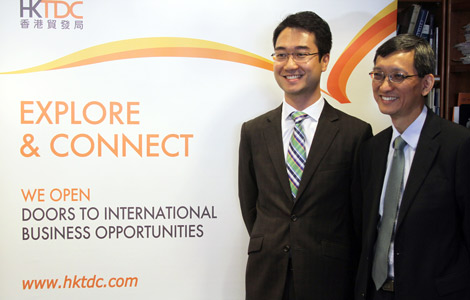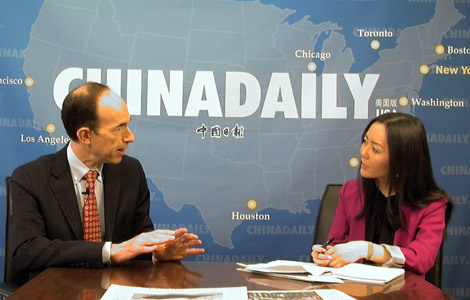New tours, old cures
Updated: 2014-08-30 07:23
By Xu Lin(China Daily)
|
||||||||
Innovative excursions allow visitors to Beijing to mix traditional Chinese medical therapy with conventional sightseeing.
Those who visit Beijing dreaming of health and experiencing traditional Chinese healthcare culture on their trip will be delighted to learn that the city is now catering for their needs, offering the chance to practice tai chi on the Great Wall and enjoy a massage and acupuncture in tandem with visits to scenic spots.
To attract more overseas visitors, six travel agencies in Beijing recently started offering seven special itineraries in association with medical treatment establishments, cultural centers, and traditional Chinese medicine (TCM) research centers.
|
A TCM doctor is diagnosing a patient on a tour. Provided to China Daily |
|
From left: A demonstration of acupuncture during a tour; A visitor receives tuina, a form of therapeutic massage used in TCM. Provided to China Daily |
The itineraries, which range from one to five days, combine traditional ways of maintaining health, including traditional Chinese medicine, with trips to popular tourist hotspots such as the Great Wall and the Forbidden City.
With a history of more than 2,000 years, TCM includes herbal medicine, acupuncture, tuina - a form of therapeutic massage used in TCM - qigong (a series of deep-breathing exercises) and dietary therapy.
"These special tours are designed to meet the demands of people who want diverse tours that offer greater depths of experience of the local culture and traditions. It will help boost Beijing's inbound travel industry," according to Wang Yue, deputy director of the Beijing Municipal Commission of Tourism Development.
Day One
At the international department of the Dongzhimen Hospital, visitors can learn about the history and philosophy of TCM through exhibitions, and also undergo a full physical examination conducted by TCM doctors who will offer suggestions on balancing the yin and yang of the internal organs to help prevent chronic diseases.
Visitors can also experience tuina, which is believed to improve the flow of blood and energy through the body.
As the visitor lies face down on a bed, a TCM expert will knead, press, and roll their backs and arms. If the guest experiences pain, it's a signal that the energy flow is impeded or blocked in some part of the body and the pathway needs to be cleared.

The hospital is about 3 kilometers from the Forbidden City, the palace used during the Ming (1368 - 1644) and Qing (1644 - 1911) Dynasties.
The complex - comprising 720,000 square meters of courtyards, gardens, pavilions and halls, and about 10,000 rooms - is now open to the public under the name of The Palace Museum, and provides visitors with the opportunity to view the magnificent architecture and its artistic treasures, and listen to legends about the ancient royal families.

A relatively superficial tour of the palace takes at least three hours, but that time scale will need to be expanded if visitors want to make a closer examination. English-language electronic guides are available.
Day Two
Visitors can travel to the Summer Palace, the picturesque imperial garden and the summer resort of the Empress Dowager Cixi (1835 - 1908). A climb up Longevity Hill provides a bird's-eye view of the gardens, and visitors can also go boating on Kunming Lake to see the famous 17-Arch Bridge.
As one of the most popular photographic spots, the garden offers natural landscapes - hills and water - and manmade structures such as pavilions, halls, temples and bridges.

It takes about 30 minutes to travel by car from the Summer Palace to the next stop, the Taishen Xianghe Villa in Changping district. The house boasts Ming- and Qing-style architecture, beautiful gardens, reviving air and medicinal herbs, pines and fruit trees.
With an area of more than 100,000 sq m, the villa is a holiday resort that offers sightseeing, restaurants, a fitness center and TCM therapy.

The villa's Ruizhenlou restaurant provides cuisine designed to maintain a healthy body, such as the Prince's Family Banquet, which was developed by veteran TCM experts.
Seasonal dishes are provided, so the visitor can eat foods appropriate for the time of year and features fresh vegetables and TCM herbs planted by the teams at the villa.

In the TCM Health Cultivation Center experts provide diagnosis, therapy and consultations tailored for the individual.
Visitors can experience the ancient technique of guasha, or gentle skin rubs with smooth objects such as jade or even ox horns. The treatment may produce red marks on the skin if the patient has excessive heat in their body, but although they resemble bruises, the marks are painless and will disappear after a very short time.

In addition to experiencing the therapeutic properties of TCM, guests can drink tea in the garden, and relax by watching colorful carp in the pools, or simply strolling around the garden and enjoying the beauty of traditional Chinese structures that emphasize the aesthetics of symmetry.

After supper and a short rest, visitors can refresh themselves with TCM herb baths, whose functions differ according to the herbs employed, to promote resistance of fatigue, improved quality of sleep, better skin condition, and ease aches and pains in the stomach and legs.
Meditation in the five public bathing pools is beneficial to the heart, liver, spleen, stomach and lungs. The experts will formulate recipes suited to each individual's needs and tastes, and visitors can bathe in large wooden tubs in the Chinese tradition.
Contact the author at: xulin@chinadaily.com.cn
(China Daily 08/30/2014 page18)
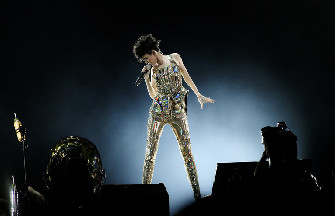
 Star Stefanie Sun holds concert in Beijing
Star Stefanie Sun holds concert in Beijing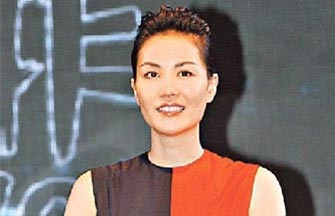
 Faye Wong's manager refutes star's drug rumors
Faye Wong's manager refutes star's drug rumors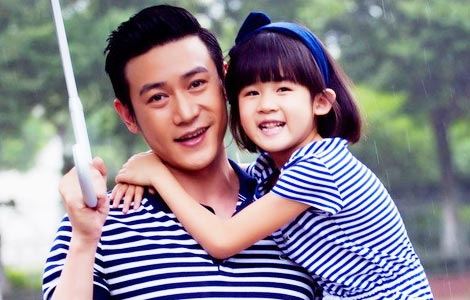
 Lu Yi and daughter Bei Er pose for street snaps
Lu Yi and daughter Bei Er pose for street snaps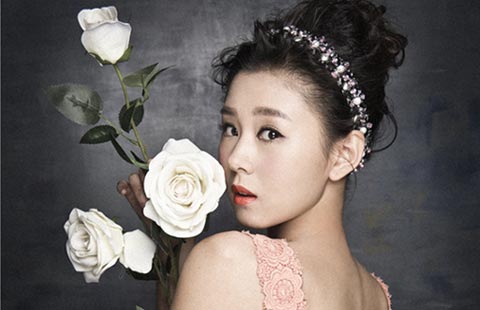
 Photoshoots of actress Li Xiaomeng
Photoshoots of actress Li Xiaomeng
 Council of Fashion Designers of America Awards
Council of Fashion Designers of America Awards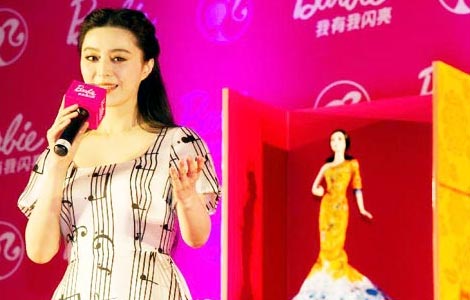
 Fan Bingbing, first Chinese actress in Barbie Hall of Fame
Fan Bingbing, first Chinese actress in Barbie Hall of Fame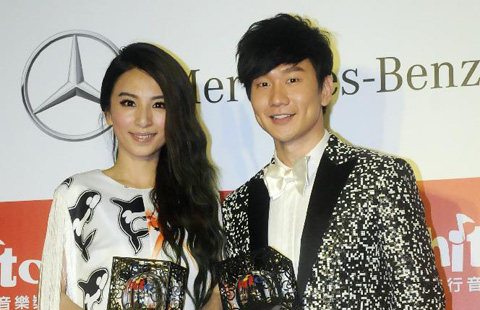
 Awarding ceremony of 2014 hito Pop Music held in Taipei
Awarding ceremony of 2014 hito Pop Music held in Taipei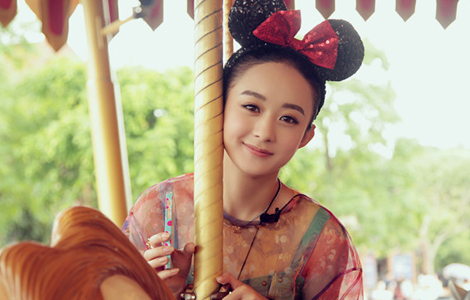
 Zhao Liying's photo shoot for Children's Day
Zhao Liying's photo shoot for Children's Day
Most Viewed
Editor's Picks
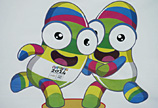
|

|

|

|

|

|
Today's Top News
Beijing spruces itself up for APEC summit
New Budget Law to change the game
Microsoft asked to explain monopoly accusations
China makes largest share of foreign students
Chinese American to run NYC public schools' fund
US launches fresh air strikes on IS rebels
NPC decision a landmark in HK democratic development
Chui Sai On elected Macao chief executive-designate
US Weekly

|

|
